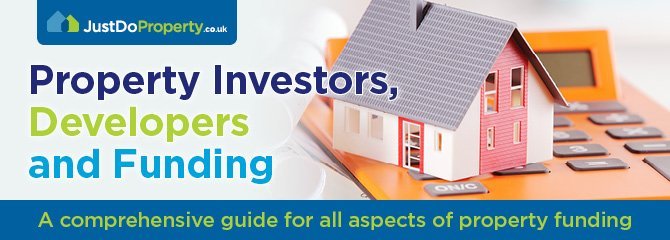Landlords have had a tough time obtaining mortgages after the market peak in 2007, as lenders rapidly withdrew from the market. In fact, even with the current mini-boom, lending to landlords is about half of what it was six years ago.
“Buy-to-let fixed rates mortgages have tumbled to levels last seen in 2007, as the Government Funding for Lending Scheme continues to boost landlords”, says Christian Coventry, Managing Director of Concept Mortgages Limited.
Landlords have had a tough time obtaining mortgages after the market peak in 2007, as lenders rapidly withdrew from the market. In fact, even with the current mini-boom, lending to landlords is about half of what it was six years ago.
But momentum is building, with buy-to-let mortgage lending growing at 20 per cent a year, which is similar to the rise in tenant demand in some regions, notably Manchester, Liverpool, London and the South East.
Other factors have affected local markets. The BBCs ongoing move to Salford in Manchester has fueled a mini property boom in the northern town, with house prices rising four times quicker than elsewhere in the country.
The average home in Salford is now worth £91,508, up 6.8 per cent on a year ago – the largest price increase in any part of Britain outside the capital. Rents in Salford have also soared as a result of an expected 2,300 member of BBC staff moving to the town just outside Manchester, with many relocating from London.
A by-product of the mortgage drought that followed the banking crisis of 2008 was that fewer people could obtain mortgage and had to rent instead. This increased tenant demand and has pushed up rents as a result.
It has been reported that the average monthly rental price has risen from £660 to £734 in three years, and have risen even higher in the South East. At the same time house prices have generally remained steady. This is resulting in the potential for excellent rental yields. Banks and building societies that initially shied away from riskier buy-to-let lending in the aftermath of the credit crunch, have repositioned themselves in the market and are keen to lend to landlords, who tend to have big deposits to invest and the potential rental income that can be verified. Lenders have also been encouraged by buy-to-let repossessions and arrears being lower than expected.
There are some lenders who have mortgages available with 20% deposits although usually Landlords need a 25 % deposit, making the business less risky for lenders; they will also typically be required to have rental income of at least 125 per cent of monthly mortgage interest payments.
It has been reported that the average buy-to-let fixed rate mortgage is now 4.69 per cent. One year ago it was 5.04 per cent and three years ago it was 5.77 per cent. And, according to data from comparison website Moneyfacts, the average was 5.09 per cent as the £80 billion Government scheme launched. It added the average rate across the top ten lowest rates for two-year fixed deals is 3.35 per cent compared to 3.69 per cent a year ago.
For advice on any residential or buy-to-let mortgage related matters, please call the team at Concept Mortgages today on 0161 941 1372 – Christian Coventry, Managing Director Concept Mortgages Limited.
Thanks to Tara Meeks of Railton-Meeks for providing this article.
- Selling a House in a Trust After Death: What You Should Know - April 18, 2024
- Maximising Your Home’s Potential: The Ultimate Renovation Checklist - April 16, 2024
- Key Tips on Managing Your Property Portfolio - April 16, 2024



